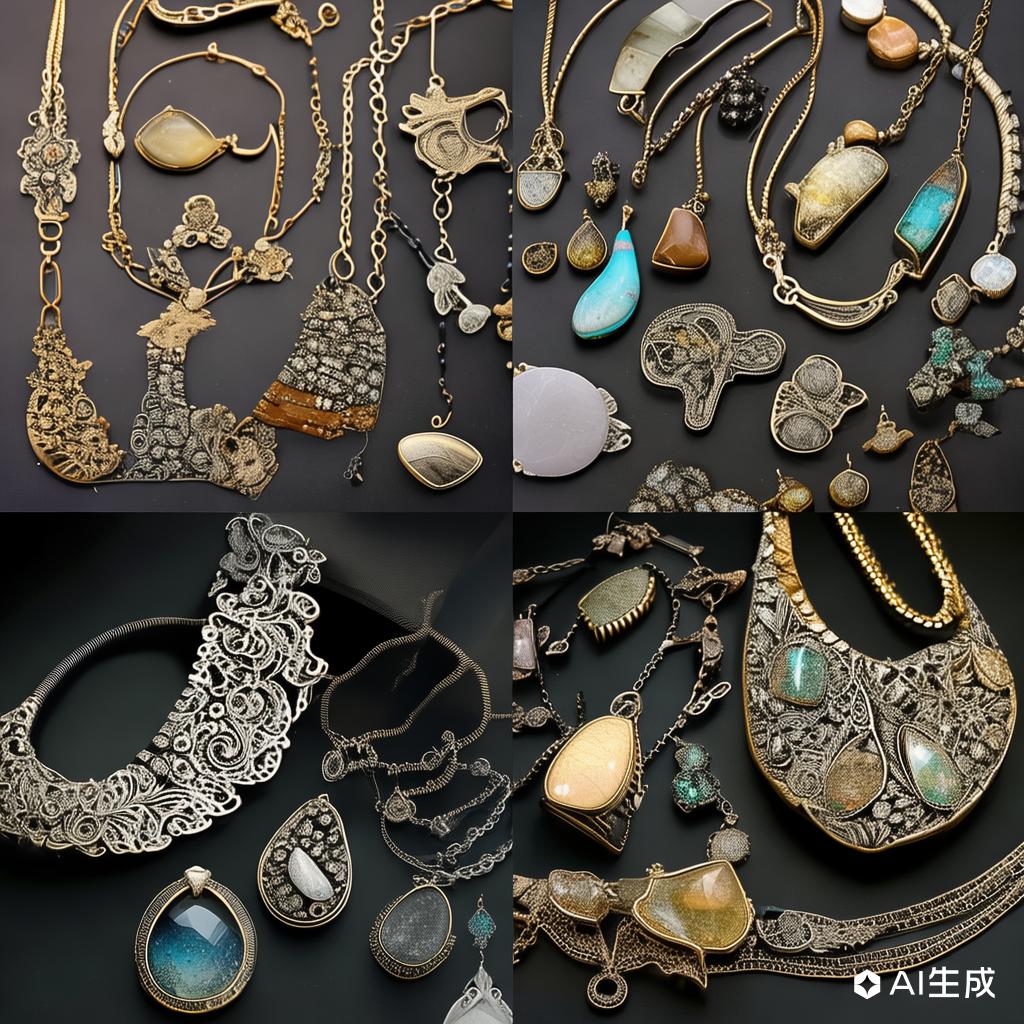Mastering the Art of Jewelry Carving: Techniques and Trends
Share

Jewelry carving is an ancient art form that has evolved over centuries, blending traditional techniques with modern innovations. This intricate craft involves shaping and embellishing precious metals and gemstones to create exquisite pieces that are both wearable and collectible. Whether you are an aspiring jeweler or a seasoned enthusiast, understanding the nuances of jewelry carving can elevate your work to new heights.
### The Basics of Jewelry Carving
Jewelry carving begins with selecting the right materials. Common choices include gold, silver, platinum, and a variety of gemstones. The choice of material often dictates the carving technique and the final appearance of the piece. For instance, softer metals like gold are easier to carve but may require more delicate handling.
### Traditional Techniques
Traditional jewelry carving techniques have been passed down through generations. These include:
1. **Hand Carving:** This is the most basic form, where artisans use small chisels and files to shape the metal or gemstone by hand. It requires immense skill and patience.
2. **Lapidary Carving:** Specifically used for gemstones, this technique involves cutting, polishing, and shaping stones to fit into jewelry settings.
3. **Lost-Wax Casting:** This ancient method involves creating a wax model of the desired piece, which is then cast in metal. It allows for intricate designs and is widely used in creating detailed jewelry.
### Modern Innovations
With advancements in technology, modern jewelry carving has seen significant innovations:
1. **Laser Cutting:** This technique uses a high-powered laser to cut precise shapes and designs in metals and gemstones. It offers unparalleled precision and is ideal for complex patterns.
2. **3D Printing:** 3D printing technology has revolutionized jewelry design, allowing artisans to create intricate models that can be cast in metal. This method saves time and enhances creativity.
3. **Computer-Aided Design (CAD):** CAD software enables jewelers to design and visualize pieces in 3D before carving. This helps in making adjustments and ensuring accuracy.
### Trends in Jewelry Carving
Current trends in jewelry carving reflect a blend of tradition and innovation:
1. **Customization:** Personalized jewelry is gaining popularity, with customers seeking unique pieces that reflect their individuality.
2. **Sustainable Practices:** Ethical sourcing of materials and eco-friendly carving techniques are becoming increasingly important.
3. **Mixed Media:** Combining different materials, such as wood, bone, and metal, to create distinctive pieces is a growing trend.
### Tips for Aspiring Jewelers
1. **Practice Regularly:** Like any art form, jewelry carving requires consistent practice to hone your skills.
2. **Study Traditional Techniques:** Understanding the basics of traditional carving will provide a strong foundation.
3. **Embrace Technology:** Utilize modern tools and software to enhance your designs and efficiency.
4. **Stay Updated:** Keep abreast of the latest trends and techniques in the industry.
Jewelry carving is a rewarding craft that offers endless possibilities for creativity and expression. By mastering both traditional and modern techniques, you can create stunning pieces that stand the test of time.